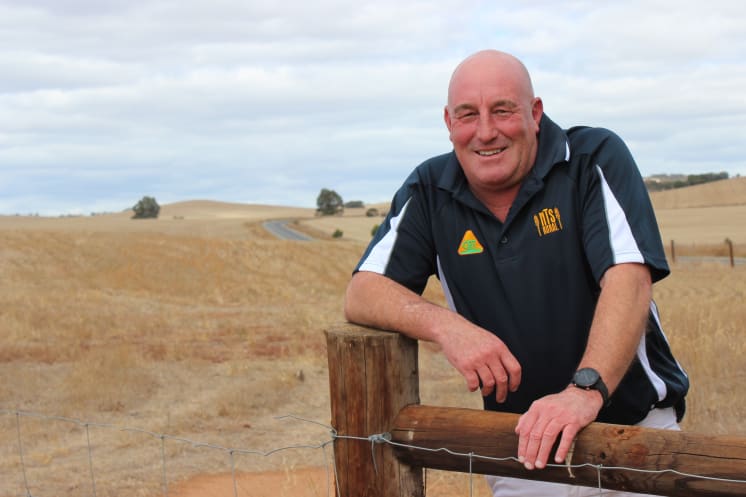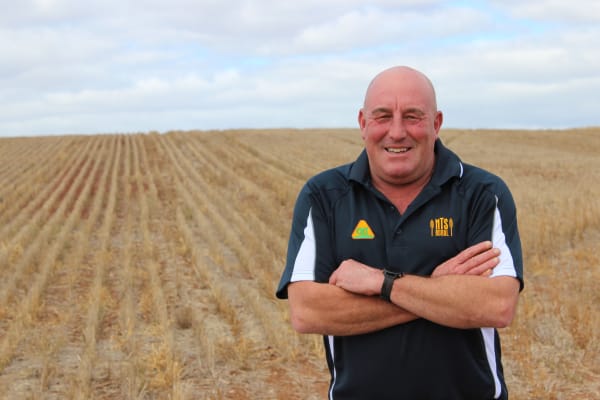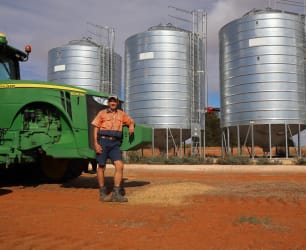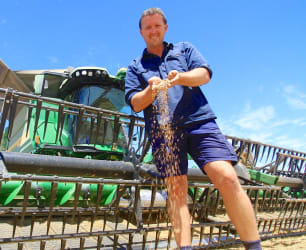THE agricultural industry is breathing a sigh of relief after stats showed South Australian grain harvests were still strong last year despite limited rainfall in a number of areas and late frost.
According to the Department of Primary Industries and Regions (PIRSA), crop production sat at around 8.7 million tonnes for the 2023-24 season.
The numbers were slightly below the previous season, but still showed stronger results than 2021-22.
PIRSA said the estimated farmgate value was $3.3 billion, which Grain Producers SA chief executive Brad Perry described as positive overall.
“Off the back of a record harvest, the 2023-24 grain season finished with an average yield but importantly, a more than $3 billion contribution to the state’s economy,” Mr Perry said.
“Last season showed that South Australian grain producers continue to be resilient and produce impressive crops, even with little finishing rain.
“With seeding about to get underway in many areas of South Australia, grain producers face a nervous wait for much needed opening rains.”
For the lower Mid North and Adelaide Plains regions, growers were pleased with better-than-expected yields considering an overall lack of rain.
NTS Rural senior agronomist Richard Noll, based in Kapunda, said stored moisture from 2022 kept growers afloat, with yields hovering around the average mark.
“Cereal yields would have been average, or slightly better, and pulse yields were probably the ones that suffered a little bit,” Mr Noll said.
“We probably got out of jail a bit with some late frosts… in October, which actually didn’t do too much damage in this area compared to other areas further north of here.
“Overall, I think most farmers were pretty happy considering the price of grain the last harvest, gross margin-wise.”
Mr Noll said farmers in the region seemed pretty positive looking at the upcoming growing season, but there was still some uncertainty around fertiliser supply.
“That’s probably a thing that’s our biggest issue, is getting product on time, it’s becoming harder and harder every year,” he said.
“World events affects a lot of fertiliser supply, shipping costs, and it’s all sort of stemmed back from Covid.
“The chemical side of things has freed up, there’s not too many shortages on that side of things.”
Mr Noll advised growers to keep on top of things to make sure they targeted improved efficiencies.
“You’ve got to be efficient, is really key, and being on time with planting and harvest,” he said.
“Those are basically the two things that really help.”








